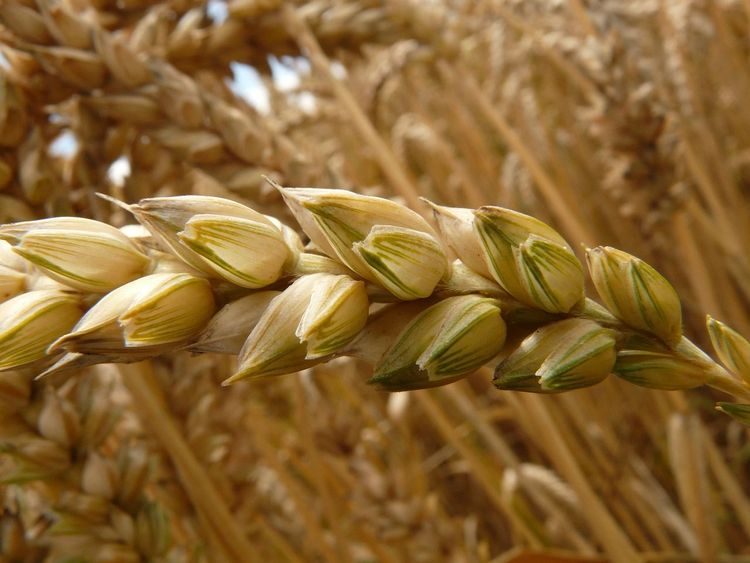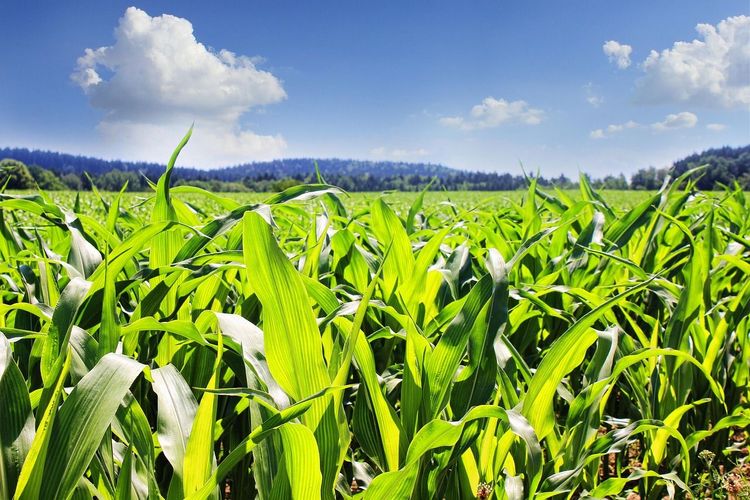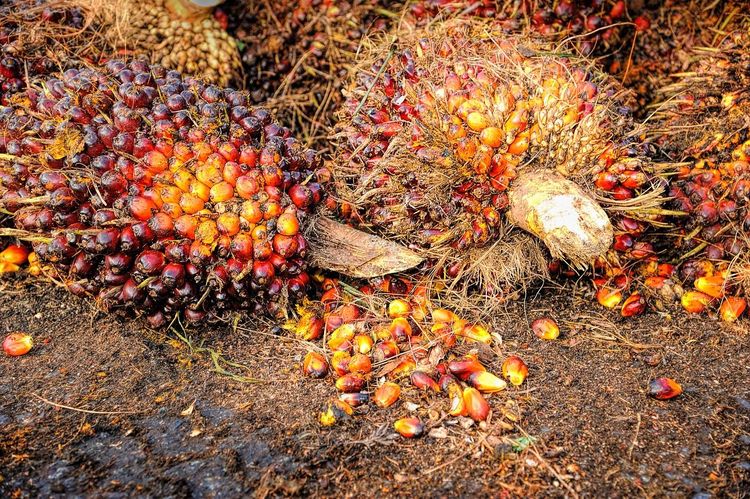Gro Expects Drop in China Pork Imports and Lower Corn Feed Use
China’s two-year run of huge pork imports is coming to an end.
As the country’s hog population grows, domestic pork prices have slumped since early this year, and hog producer margins slipped into negative territory. To support prices, China’s government recently announced two domestic pork reserves purchases less than a week apart.
The message is clear: Future pork purchases will favor producers within China, not from abroad, impacting big exports of pork from Brazil and the US and furthering China’s self-sufficiency goals, which Gro highlighted in our Real-Time Assessment: China's New Push for Food Security.
Although a recovery in China’s hog population is nearly complete, after nearly half the herd was wiped out by the 2018 African swine fever epidemic, the country’s import demand for feed grains will continue to grow as the herd matures and continues to expand, and the industry becomes more industrialized.
But Gro expects wheat and other grains could increasingly take the place of corn in feed, cutting into China’s recent sky-high corn imports. Indeed, China hasn’t purchased any corn from the US in two months.
Gro predicts that China’s corn for feed use in 2021/22 will be flat or lower compared with the prior year. That contrasts with the USDA’s forecast of an increase of 5 million tonnes, to 211 million tonnes, in China’s corn for feed use.
Domestic corn cash prices have traded at a premium to wheat for an unprecedented nine months, pushing many hog producers to switch away from corn in feed formulas. If corn prices maintain their high levels relative to other grains, producers are increasingly likely to favor alternatives in feed such as rice, sorghum, barley. and wheat.
A key measure for gauging China’s hog industry viability is the ratio of domestic hog prices to feed grain prices. The Chinese government is seen as ready to intervene to support domestic producers when this ratio drops below 5, as it did recently when Beijing announced its pork reserves purchases. To calculate this hog-to-feed ratio using Gro’s data, please contact Gro.
This insight was powered by the Gro platform, which enables better and faster decisions about factors affecting the entire global agricultural ecosystem. Gro organizes over 40,000 datasets from sources around the world into a unified ontology, which allows users to derive valuable insights such as this one. You can explore the data available on Gro with a free account, or please get in touch if you would like to learn more about a specific crop, region, or business issue.
 Insight
InsightPrices Surge for Cocoa, Coffee, and Other ‘Soft’ Commodities
 Insight
InsightImproved Conditions Boost Prospects for India’s Upcoming Wheat Harvest
 Blog
BlogSouth America: Growing Season Snapshot
 Insight
Insight

 Search
Search